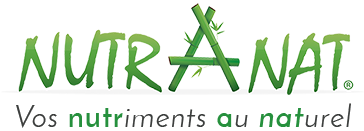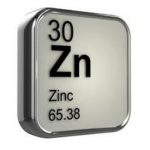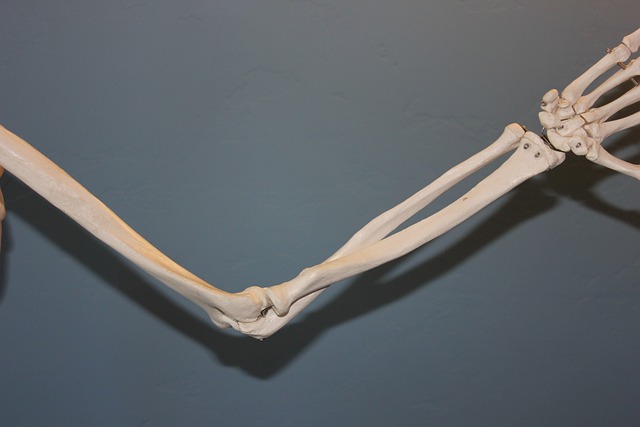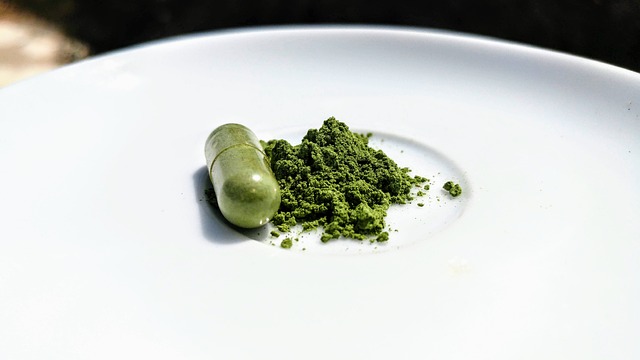Importance de la vitamine K2
- Les vitamines » K » sont surtout connues pour le maintien de la coagulation du sang.
- Mais ce que l’on sait moins, c’est que au sein de cette famille de vitamine, la K2 intervient physiologiquement dans l’organisme sur de nombreuses autres protéines en dehors donc de la coagulation : la vitamine K contribue au maintien d’une ossature normale .
- La K1 est utilisée dans la carboxylation de facteurs de coagulation dans le foie.
K2 est surtout utilisée dans le reste du corps pour carboxyler (= activer) les autres Gla-protéines dont l’ostéocalcine et également la protéine matrix-Gla (MGP) .
SOUVENT LORSQUE L’ON DOSE CES PROTEINES ELLES SONT BIEN PRESENTES MAIS SI ELLES NE SONT PAS ACTIVEES PAR LA K2 ELLES NE POURRONT REMPLIR LEURS FONCTIONS BIOLOGIQUES dont celles d’importance pour l’équilibre OSSEUX !
La K2 devrait être synthétisée dans notre corps essentiellement grâce à notre flore intestinale.
Mais cette flore est aujourd’hui bien souvent déséquilibrée tant par l’ alimentation pas toujours idéale que par certains médicaments ( antibiotiques,…) et certaines molécules empêche son action ( antivitamines K dits AVK de type coumarine, warfarine…)
Les apports en vitamine K2 notamment sous sa forme biodisponible et stable: ménaquinone MK7 sont souvent insuffisants. La K1 devrait également se convertir a petite dose en K2 mais l’apport en K1 n’est pas toujours couvert par l’alimentation et la conversion étant dépendante d’ une enzyme vitamine B2 dépendante l’ensemble du cycle peut être perturbé par les apports inadéquats en K1, B2 ainsi que par le stress oxydatif,…
D’où les carences que l’on découvre fréquentes en K2… et leurs conséquences sur la calcification au sens large
La vitamine K2 a physiologiquement dans l’organisme une grande affinité pour les tissus osseux car elle favorise le transport des minéraux permettant la calcification.
Elle agit en synergie de la vitamine D3 pour améliorer les tissus osseux en favorisant l’assimilation de calcium et en activant une protéine appelée l’ostéocalcine.
L’activation par la vitamine K2 permet au BGB (= L’ostéocalcine, proteine osseuse) de se lier au calcium.
A défaut la protéine est inactive et donc dépourvue d’efficacité !
Références :
Kaneki M., et al., “Pleiotropic actions of vitamin K: protector of bone health and beyond?”, Nutrition,2006; 22: 845-852
Masterjohn C., “On the trail of the elusive X-factor Wise Traditions”, 2007; 8:14-32
Rhéaume-Bleue K., Vitamin K2 and the Calcium Paradox: How a Little-Known Vitamin Could Save Your Life, John Wiley and Sons,
2012
Cranenburg EC, Vermeer C, Koos R, Boumans ML, Hackeng TM, Bouwman FG, Kwaijtaal M, Brandenburg VM, Ketteler M, Schurgers LJ. The Circulating Inactive Form of Matrix Gla Protein (ucMGP) as a Biomarker for Cardiovascular Calcification.J Vasc Res. 2008;45(5):427-436.
Vergnaud P, Garnero P, Meunier PJ, Bréart G, Kamihagi K, Delmas PD. Undercarboxylated osteocalcin measured with a specific immunoassay predicts hip fracture in elderly women: the EPIDOS Study. J Clin Endocrinol Metab. 1997;82(3):719-24.
Knapen MH, Schurgers LJ, Vermeer C.Vitamin K2 supplementation improves hip bone geometry and bone strength indices in postmenopausal women. Osteoporos Int. 2007 ;18(7):963-72.
Ikeda Y, Iki M, Morita A, Kajita E, Kagamimori S, Kagawa Y, Yoneshima H. Intake of fermented soybeans, natto, is associated with reduced bone loss in postmenopausal women: Japanese Population-Based Osteoporosis (JPOS) Study. J Nutr. 2006;136(5):1323-8.
Schurgers LJ, Teunissen KJ, Hamulyák K, Knapen MH, Vik H, Vermeer C. Vitamin K-containing dietary supplements: comparison of synthetic vitamin K1 and natto-derived menaquinone-7. Blood. 2007;109(8):3279-83.
Kalkwarf HJ, Khoury JC, Bean J, Elliot JG. K vitamins, bone turnover, and bone mass in girls. Am J Clin Nutr. 2004t;80(4):1075-80.
van Summeren MJ, van Coeverden SC, Schurgers LJ, Braam LA, Noirt F, Uiterwaal CS, Kuis W, Vermeer C. K vitamins status is associated with childhood bone mineral content.Br J Nutr. 2008;1-7.
Sumino H, Ichikawa S, Kasama S, Takahashi T, Kumakura H, Takayama Y, Kanda T, Sakamaki T, Kurabayashi M.Elevated arterial stiffness in postmenopausal women with osteoporosis. Maturitas. 2006 Oct 20;55(3):212-8





